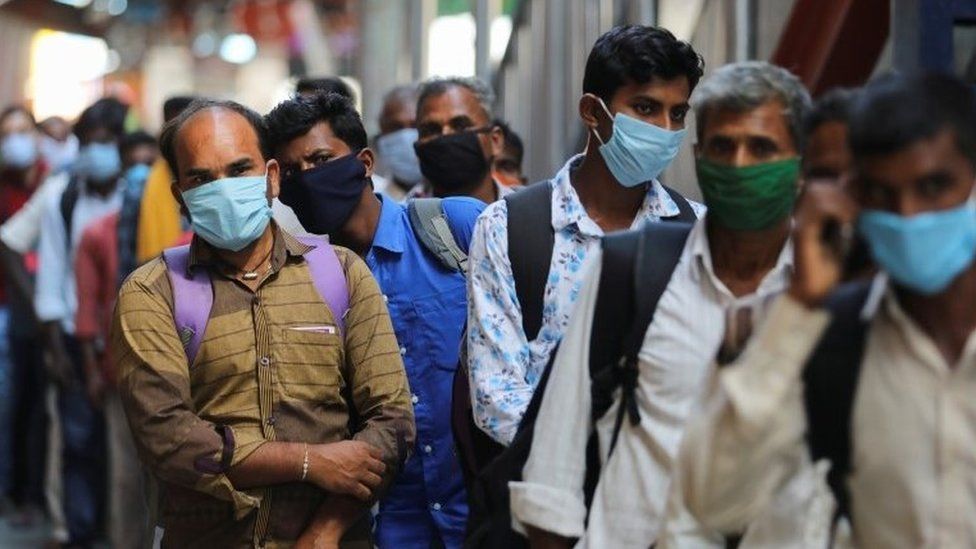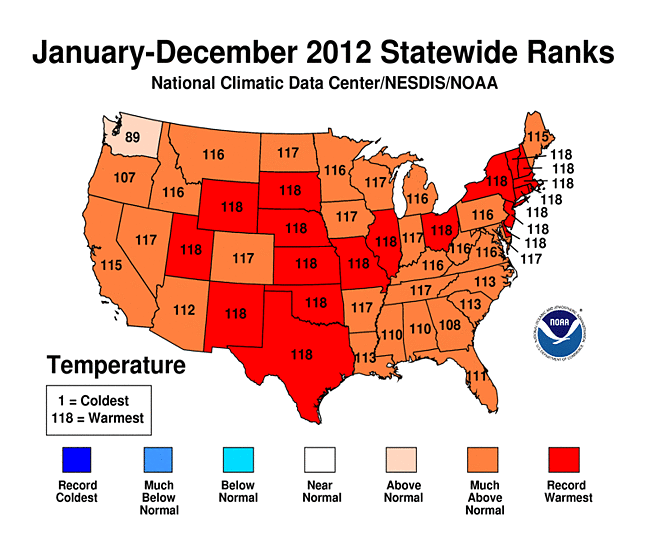


Studies outside the lab show similar results, though some tropical regions have more cases of flu during rainy season, when people also cluster indoors. Eventually too heavy to stay airborne, they drop to the ground. In humid conditions, the small liquid droplets in a cough or sneeze gather more moisture as they’re expelled. Warmer air holds more moisture, which prevents airborne viruses from traveling as far as they would in dry air. High temperatures and in particular high humidity slowed the influenza spread, and at very high humidity levels, the virus stopped spreading completely. One of the first studies to test how environmental conditions affect viral transmission was published in 2007, and it looked at how influenza spread through guinea pigs infected in a lab. To understand why northern latitudes see an uptick in flu cases during winter, researchers have looked at how the virus spreads in different temperature and humidity levels.Īnd relatively recent research suggests that dry, cold air may also help viruses stay intact in the air or travel farther as they become airborne. Some suggest it’s closer quarters-to escape the cold weather, people cluster indoors, where human-to-human transmission becomes more likely. Scientists have a number of theories for why that is. “Flu season” generally lasts from October to April or March. Research about why some viruses are seasonal has been largely centered around those that cause the flu, a disease long associated with winter months.

( Once your body's infected, this is what coronavirus does.) The alcohol in hand sanitizer, for example, breaks down these proteins and lipids, making the virus less stable and less likely to successfully cause an infection. Once outside a human body, external forces will cause the virus to deteriorate. They pass from person to person via physical contact, but they can also exist on hard surfaces or in the cough of a sick person’s respiratory droplets. Generally, what do we know about viruses?Īt the most basic level, you can think of flu and coronaviruses as a collection of proteins and lipids. “I hope it will show seasonality, but it’s hard to know,” says Stuart Weston, a postdoctoral fellow at the University of Maryland School of Medicine, where the virus is being actively studied.Īs of March 6, more than 98,000 coronavirus cases had been confirmed in 88 countries, with experts saying the disease is likely to keep spreading. ( See how coronavirus compares to flu, Ebola and other outbreaks.) Those currently studying the disease say their research is too early to predict how the virus will respond to changing weather. But it’s highly uncertain that SARS-CoV-2 will behave the same way. Viruses that cause influenza or milder coronavirus colds do tend to subside in warmer months because these types of viruses have what scientists refer to as “seasonality,” so the president’s comments have some scientific backing. Last month, President Donald Trump tweeted about China’s efforts to contain the virus, saying they would be successful, “especially as the weather starts to warm.” The prospect that summer could stave off a pandemic is enticing. Health officials have labeled this new virus SARS-CoV-2 and its disease COVID-19. Four are known to cause mild colds in people, while others are more novel, deadly, and thought to be transmitted from animals like bats and camels. Whether the coronavirus that’s quickly spreading around the world will follow the flu season and subside with spring’s arrival is unsatisfyingly uncertain, and many scientists say it’s too soon to know how the dangerous virus will behave in warmer weather.ĭozens of viruses exist in the coronavirus family, but only seven afflict humans.


 0 kommentar(er)
0 kommentar(er)
